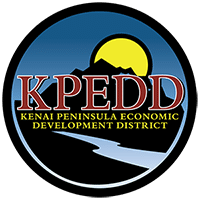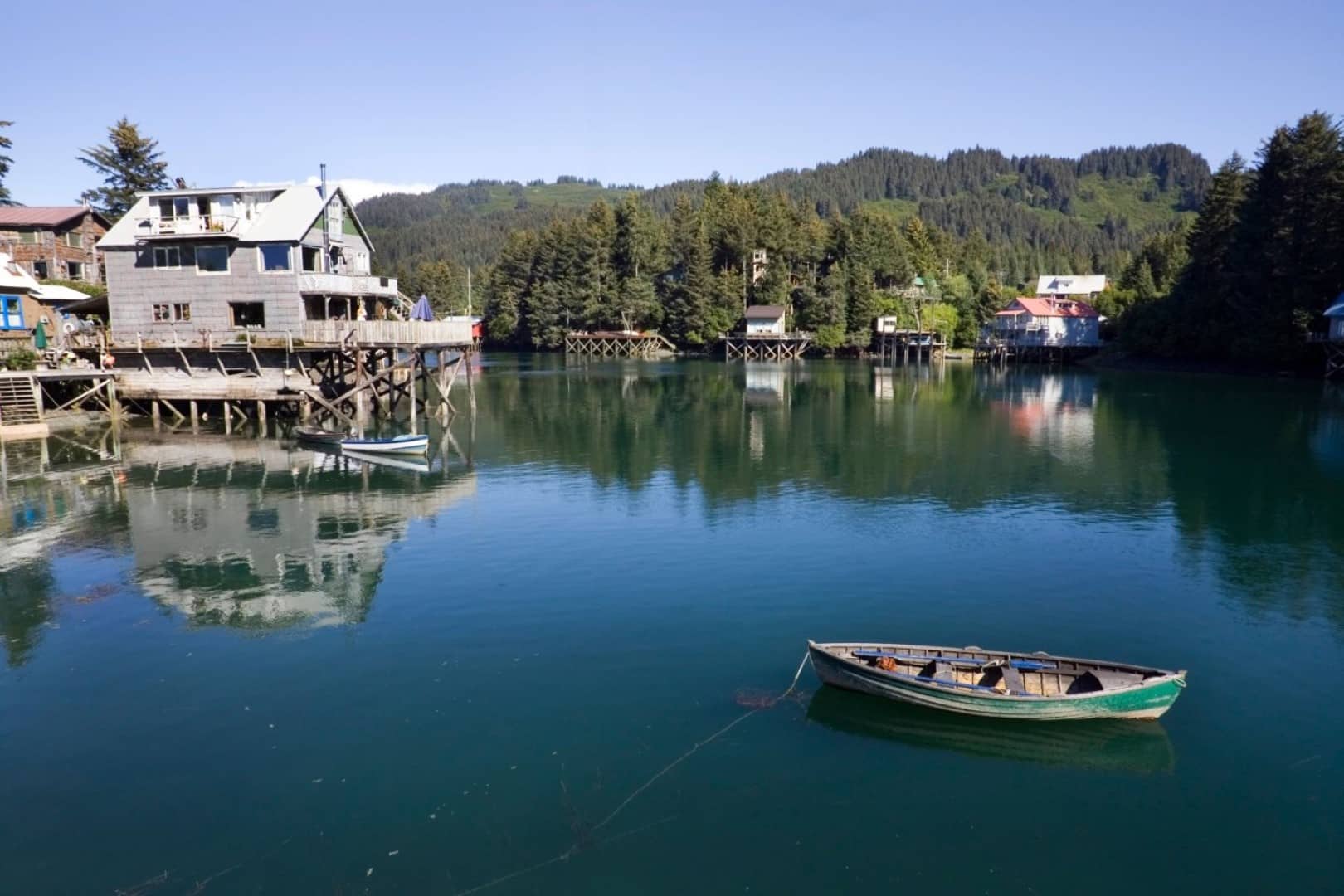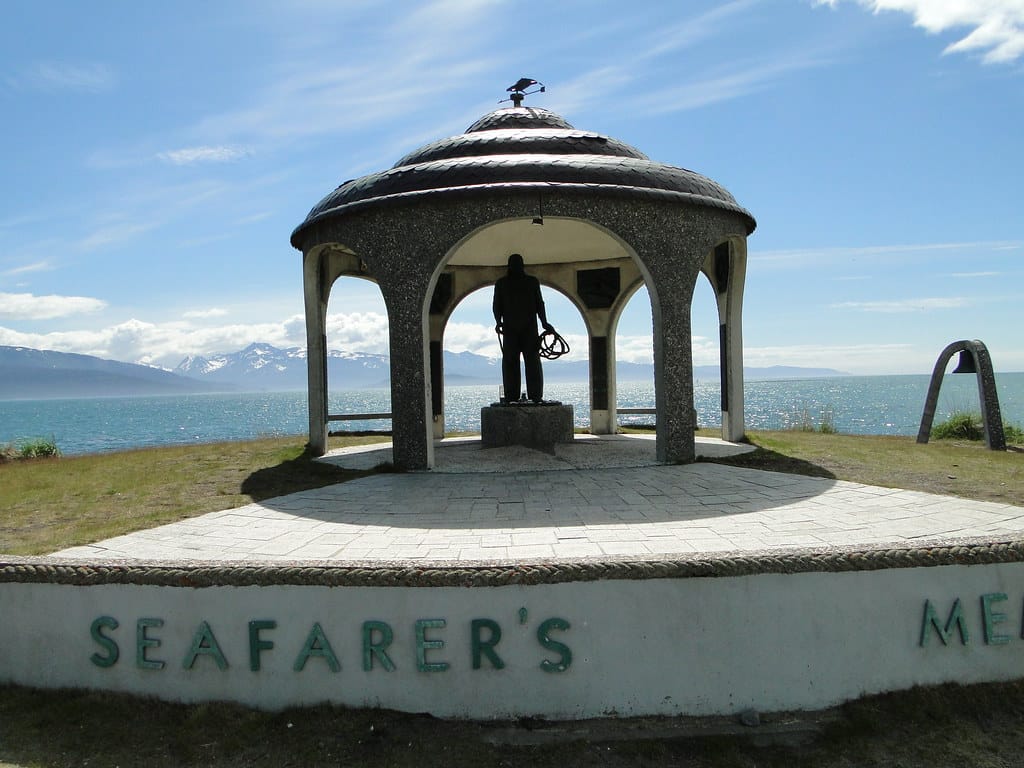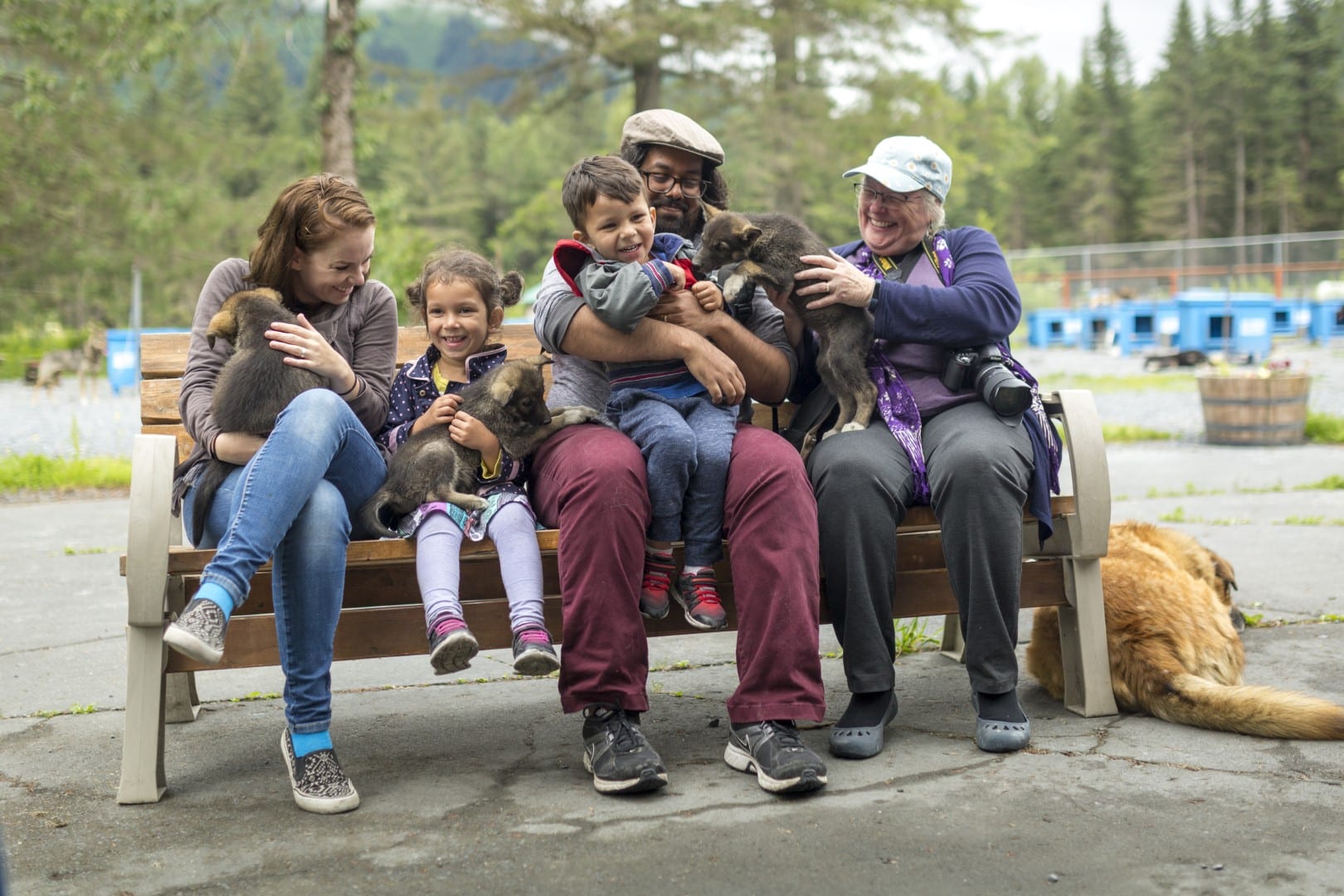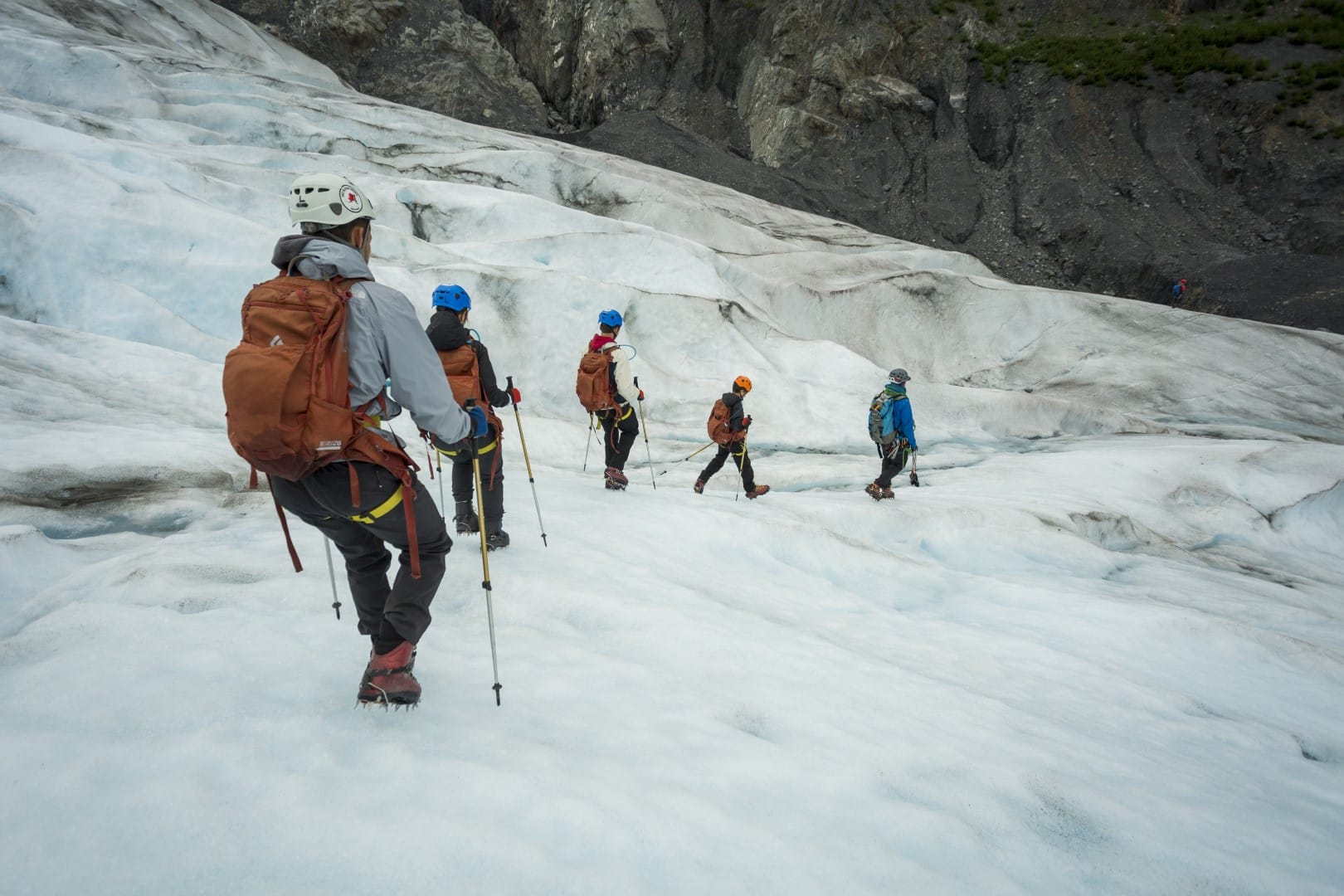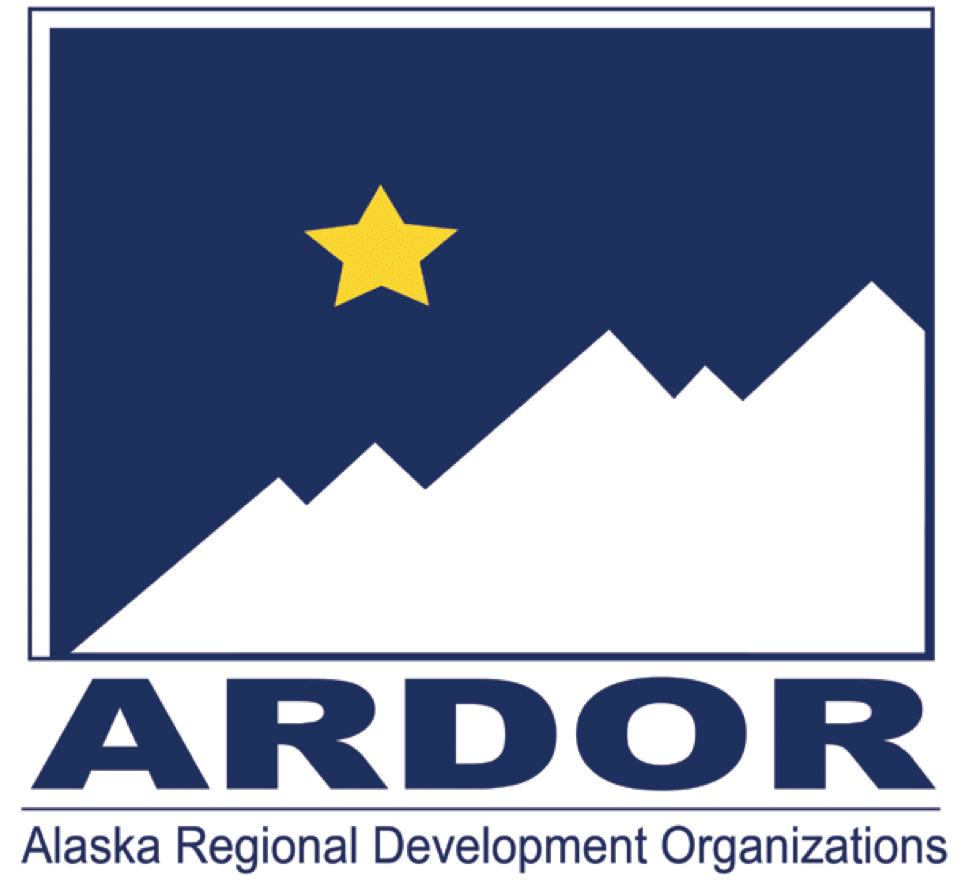The comprehensive economic development strategy
The Kenai Peninsula Economic Development District (KPEDD), in partnership with the University of Alaska Center for Economic Development (UAA CED); Economic Development Administration (EDA); Kenai Peninsula Borough; incorporated and unincorporated communities; Tribes; industry leaders; non-profit resource providers; and residents, develops the Comprehensive Economic Development Strategy (CEDS) every five years to provide strategic direction for the economic development of the region. Annual updates provide essential progress updates, insight into the changing economic landscape of the region, efforts to meet identified goals, and incorporate new partners and their respective roles. This plan also seeks to unite regional efforts, mitigate redundancies and reduce waste.
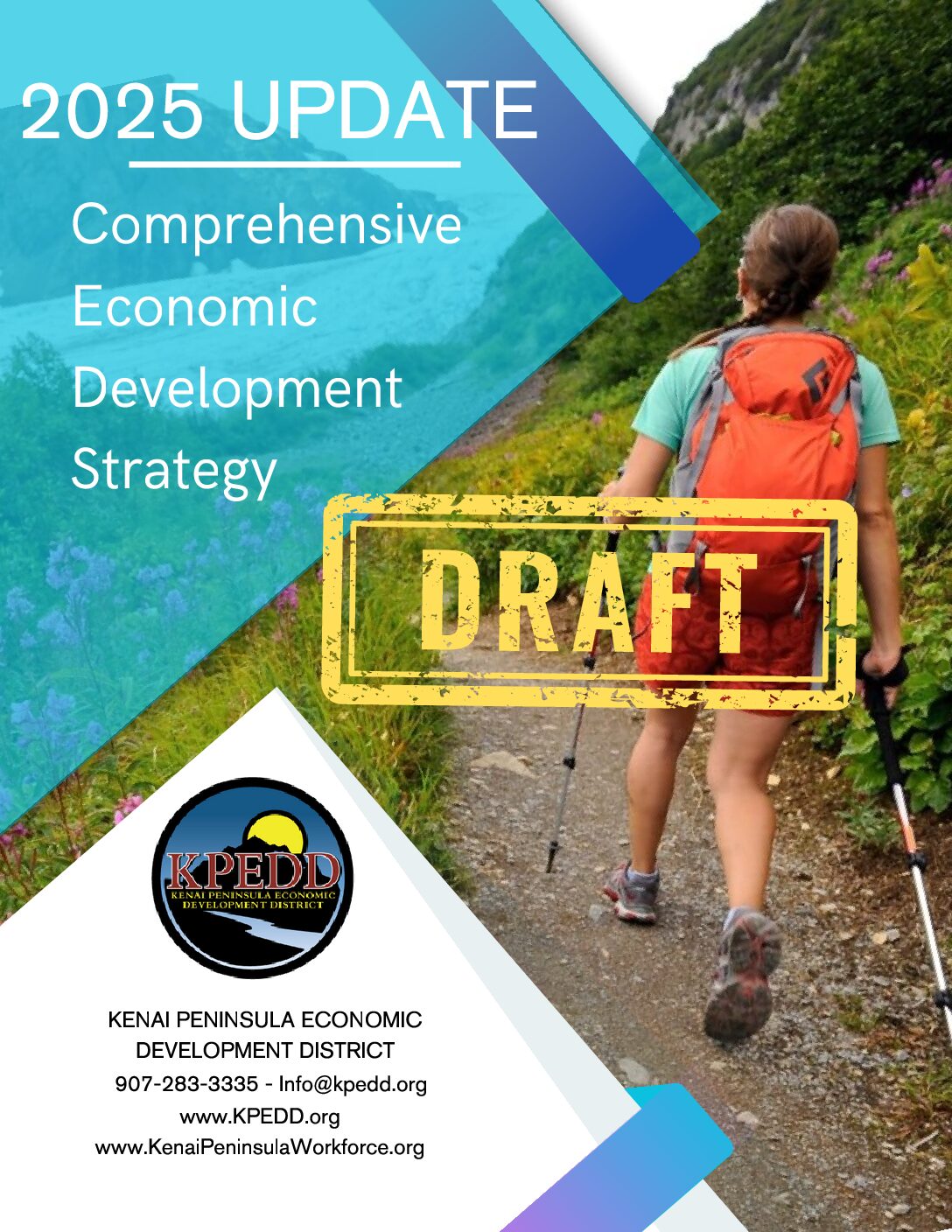
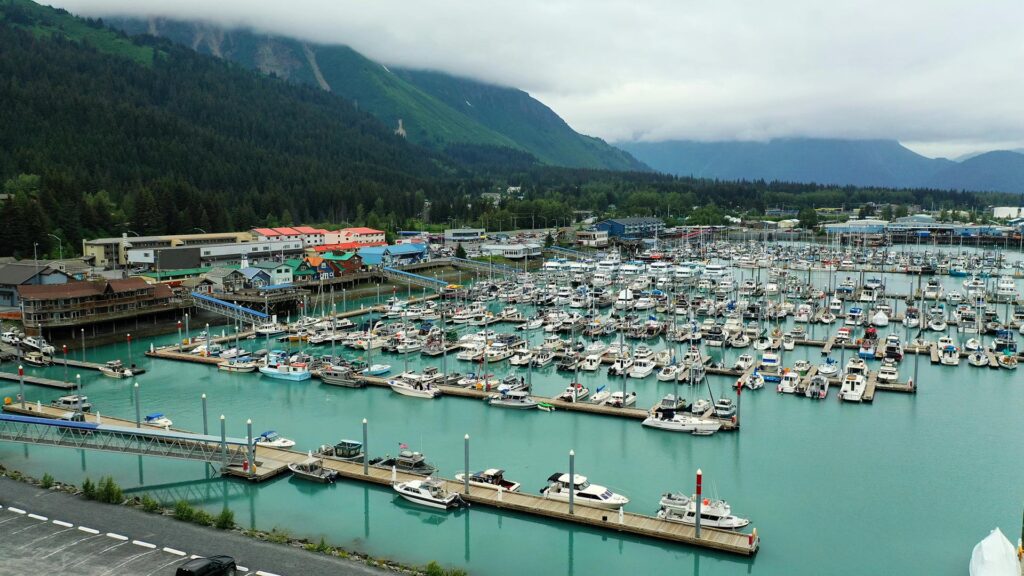
CEDS Committee Members are leaders in main economic sectors that represent the interests of the region who can contribute to and benefit from improved economic development in the Kenai Peninsula. This committee meets regularly, undertaking a collaborative and effective planning process to meet the goals and directions outlined by regional stakeholders in the initial 2021 plan. Committee members represent at least one of the following economic interests of the region; including Tribes, private sector, state and other public officials, community leaders, private individuals, representatives of workforce development boards, institutions of higher education, minority and labor groups, and others who can contribute to capacity building for the organization. For questions regarding the CEDS Committee, please reach out to KPEDD directly.
CEDS Strategy Committee Members
| Name | Seat |
| Julie Engebretsen | City of Homer |
| Laura Rhyner | City of Soldotna |
| Dana Cannava | Kenai Peninsula Borough |
| Shanon Davis | Central Peninsula Hospital |
| Larissa Arbelovsky | Epperheimer, Inc. |
| Samantha Allen | Seward Chamber of Commerce |
| Caitlin Coreson | Kenai Peninsula Economic Development District |
Our CEDS Goals
The 2024 annual update incorporates and summarizes the major components of the 2021 full CEDS plan, and focuses on adjustments to the initial strategy, reports on economic development activities, identifies goals for the upcoming fiscal year, and ranks investment priorities in the region – all through the lens of economic resiliency.
Promote a strong quality of life through infrastructure improvements, access to recreational opportunities, quality healthcare and educational institutions, build strong networks, and support industry development.
Improve Digital Infrastructure that will allow for enhancement and advancement of economic activity, educational opportunities, health care advancement.
Build stronger industry partnerships allowing K-12 students, Vo-Tech, secondary, post-secondary, and adult education sectors to offer robust and attractive programs for certifications, educations, and opportunities of advancement. Attract, train, retain, and invest in a qualified workforce; connect job seekers to employers and training opportunities.
Outreach, education and information sharing in support of business resiliency, improve access to capital for existing and emerging businesses, develop and support entrepreneurship and new business formation, and supporting emerging sectors with high growth potential.
Industry focused infrastructure, building stability and resiliency in transportation while promoting responsible use of lands.
Build stronger relationships throughout industries, municipalities, communities and non-profits.
